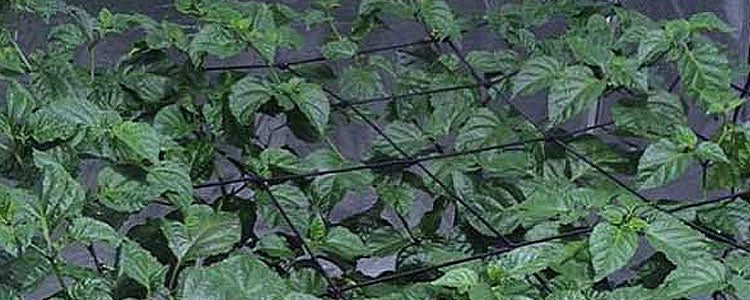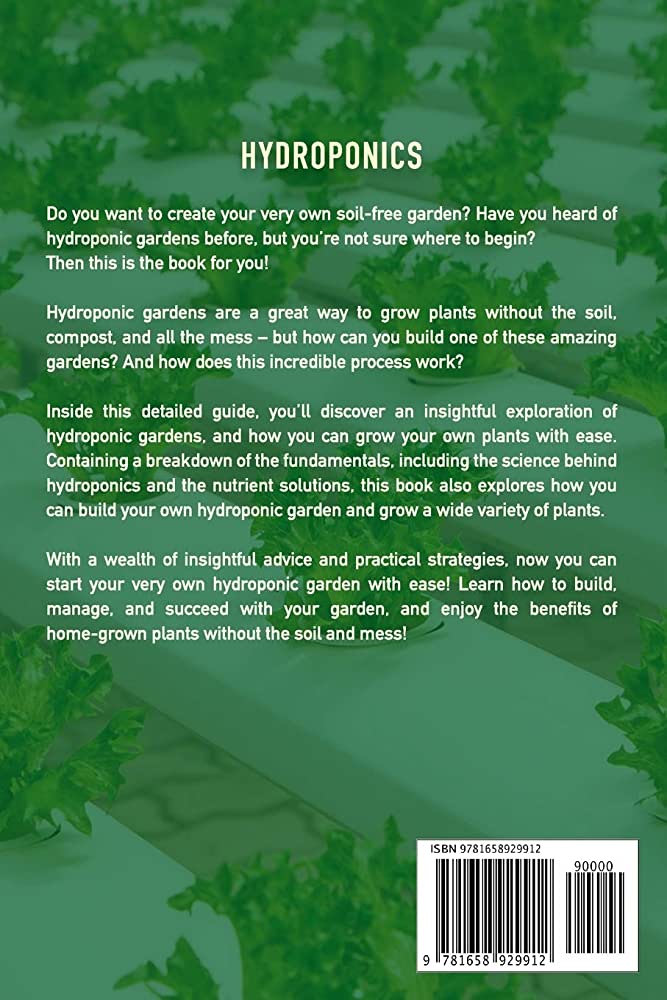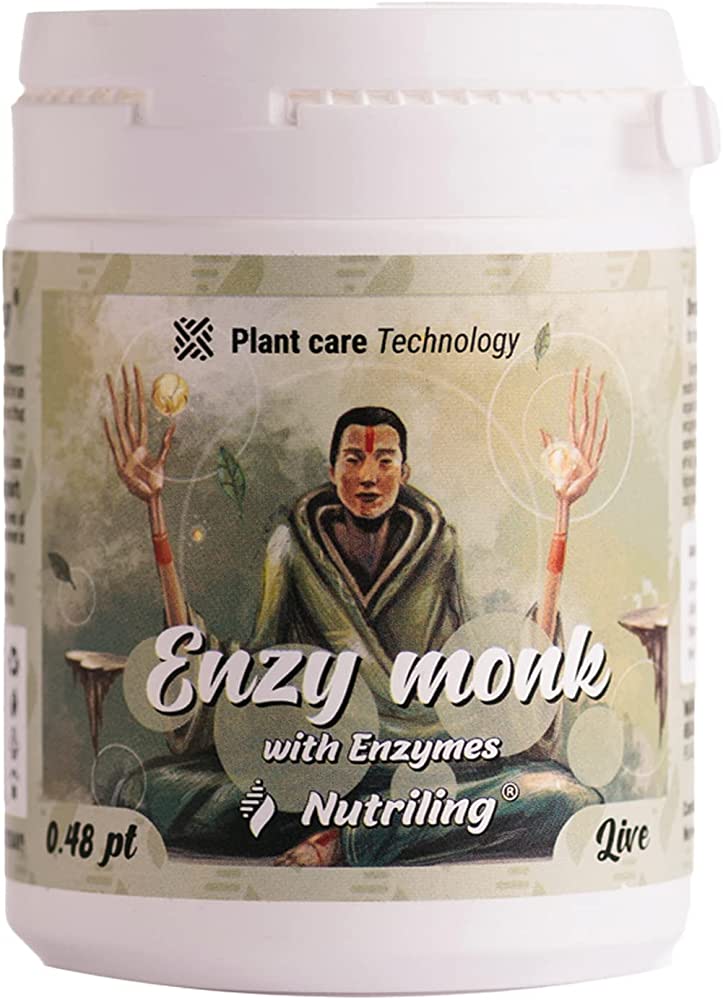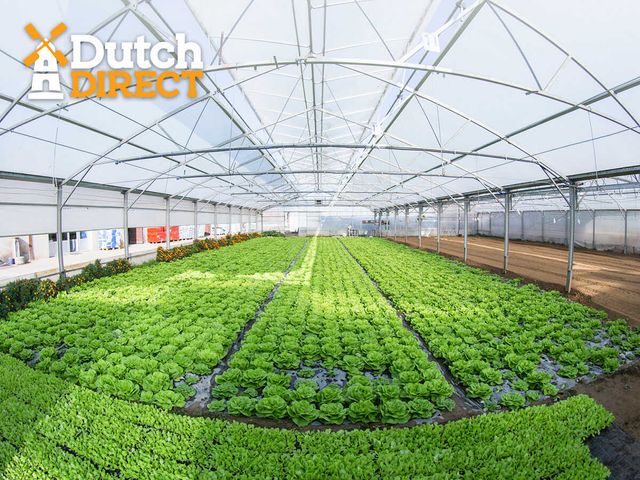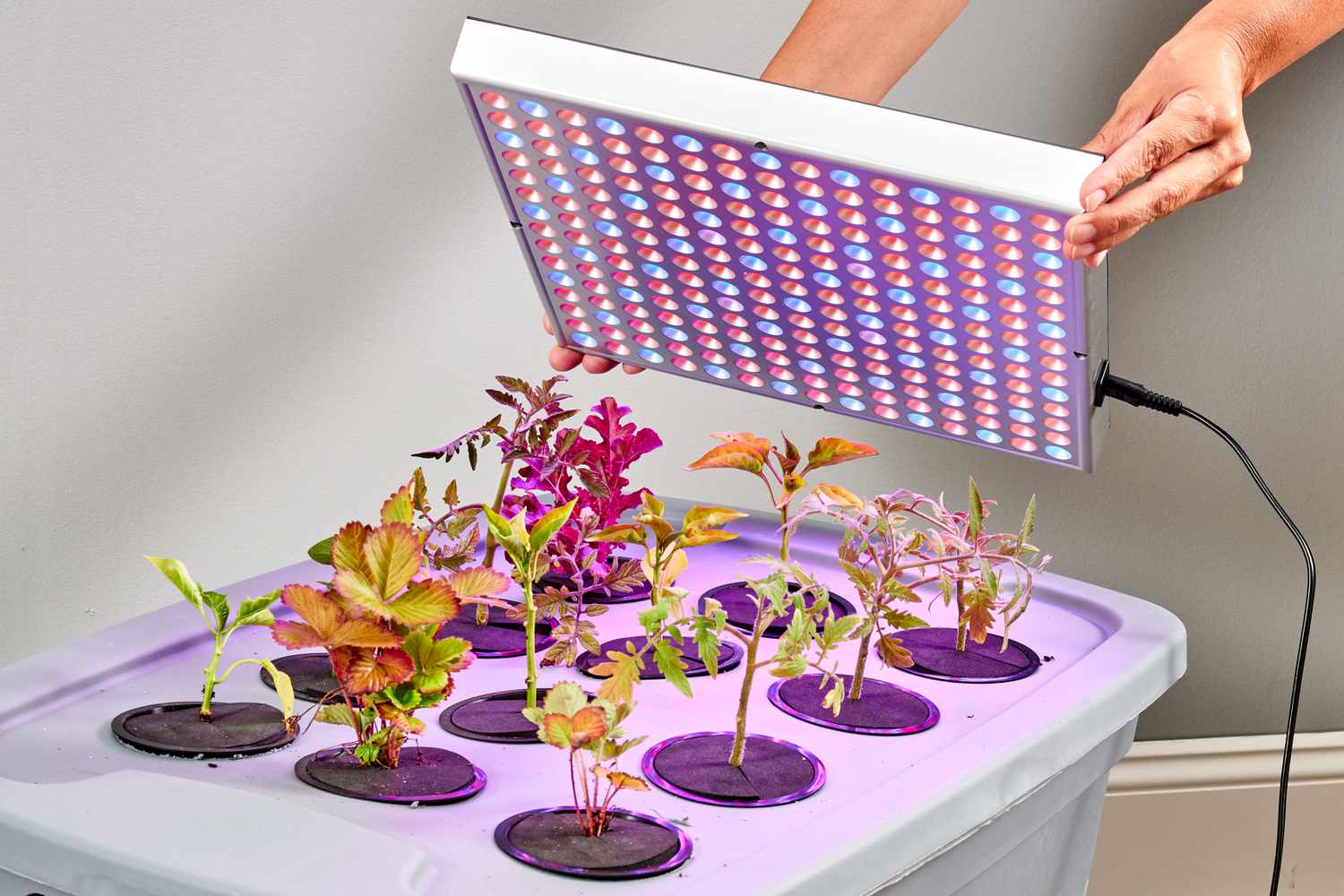Hydroponic propagation is a method of growing plants without soil. It involves growing plants in nutrient-rich solutions rather than in soil, allowing them to develop faster and healthier.
Hydroponic propagation has revolutionized modern agriculture, enabling growers to produce more with less land, water, and nutrients. The concept of hydroponics dates back to ancient civilizations, but it wasn’t until the 1930s that it gained traction as a modern farming method.
By the 1950s, nasa began experimenting with hydroponics for space missions. Today, hydroponic propagation is widely used by commercial cultivators to grow vegetables, fruits, and herbs year-round. This technique is also popular among home gardeners, who can easily set up small-scale hydroponic propagation systems in their homes. With the ever-increasing demand for food and the dwindling availability of arable land, hydroponic propagation is poised to play a key role in meeting future food production needs.
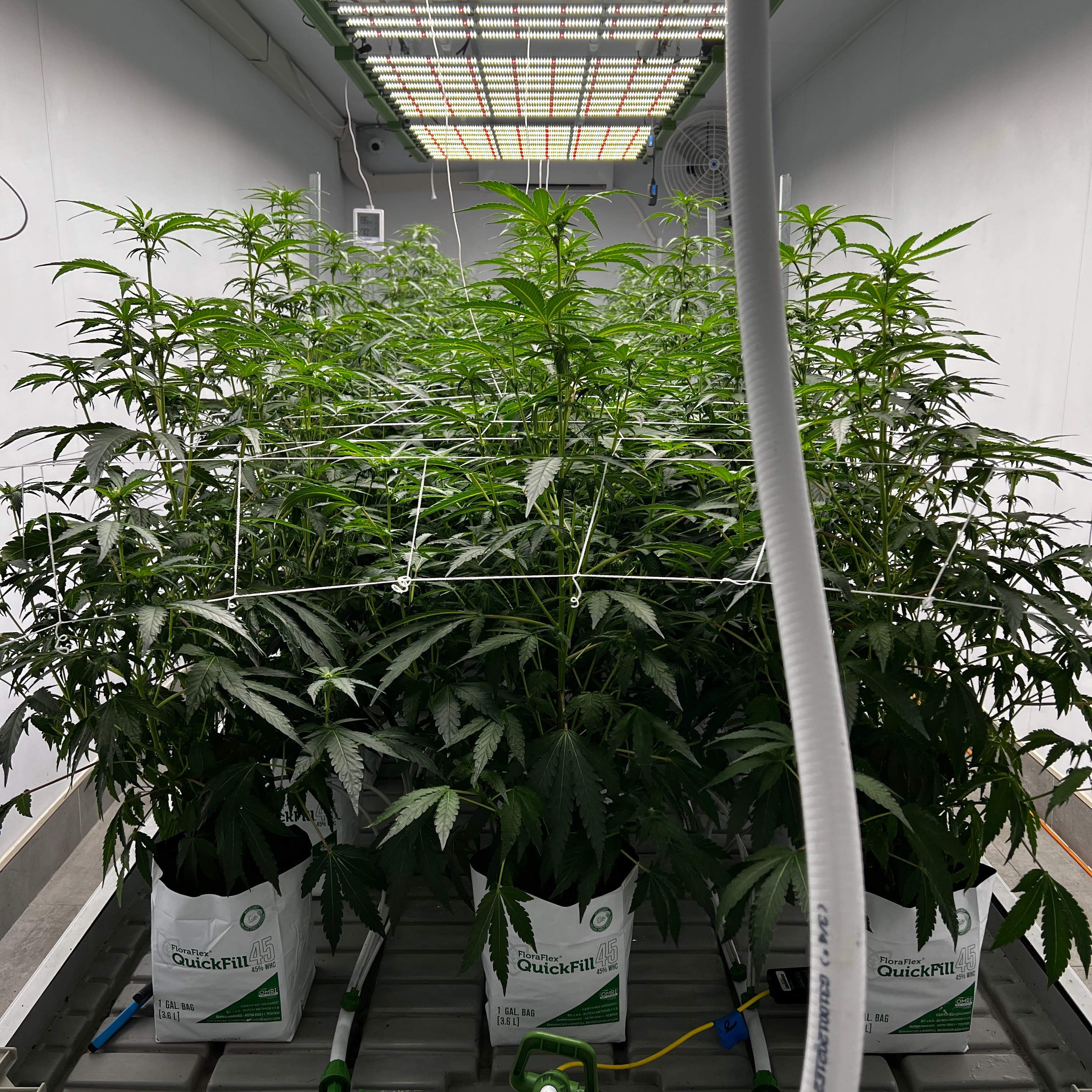
Credit: floraflex.com
Nutrient Solutions For Hydroponic Propagation
Hydroponic propagation is an effective way to grow plants without soil, and nutrient solutions play a critical role in this method. These solutions provide plants with the necessary nutrients for optimal growth, enabling them to develop fully. There are two main types of nutrient solutions: organic and synthetic.
Introduction To Nutrient Solutions And Their Role In Hydroponic Propagation
Nutrient solutions are an essential component of hydroponic propagation. Without them, plants won’t be able to grow properly, and their survival will be at risk. These solutions provide plants with the necessary nutrients to thrive and develop.
Types Of Nutrient Solutions: Organic And Synthetic
Organic nutrient solutions are made from plant and animal material and are rich in micronutrients. These solutions are typically easy to find as they are derived from natural sources such as bone meal, fish emulsion, or blood meal. Synthetic solutions, on the other hand, are formulated chemically and typically offer a higher concentration of nutrients than organic solutions.
Pros And Cons Of Using Organic And Synthetic Nutrient Solutions For Hydroponic Propagation
When deciding between the types of nutrient solutions, there are pros and cons to consider. Organic solutions are usually more natural and offer micronutrients that synthetic solutions may lack. However, they may also provide inconsistent nutrient levels, can be more expensive, and often have shorter shelf lives.
Synthetic solutions, by comparison, offer higher nutrient concentrations, are often cheaper, and are more stable than their organic counterparts. However, they can be harmful to the environment and may lack essential micronutrients.
Factors To Consider When Selecting Nutrient Solutions For Hydroponic Propagation
Selecting the right nutrient solution for hydroponic propagation requires careful consideration of various factors. These considerations include:
- Plant type and stage of development
- Water quality
- Desired yield and quality
- Cost and availability
- Environmental concerns
Maximizing Yield Through The Selection And Use Of Appropriate Nutrient Solutions
Selecting the appropriate nutrient solution is critical for maximized yield when it comes to hydroponic propagation. By considering the plant type and developmental stage, water quality, desired yield and quality, cost and availability, and environmental concerns, you can ensure that your plants have the necessary nutrients to thrive and produce the highest possible yield.
Types Of Hydroponic Systems For Propagation
Introduction To Hydroponic Systems And Their Role In Hydroponic Propagation
Hydroponic propagation refers to the technique of growing plants without soil. Hydroponic systems have become more popular due to their efficiency and yield. The use of hydroponic systems in propagation can save time, space, and can produce healthy plants with stronger roots.
Hydroponic systems use nutrient-rich water to supply plants with the necessary nutrients instead of traditional soil. This system can help plants grow faster, as they don’t have to spend time growing roots in search of nutrients.
An Overview Of Common Hydroponic Systems Used For Propagation
There are various types of hydroponic systems used for propagation, including:
- Nutrient film technique (nft): This method continuously runs a thin film of nutrient-rich water over the plant roots.
- Deep water culture (dwc): This method suspends plants’ roots in a nutrient-rich solution with an air stone to provide oxygen.
- Ebb and flow: This method intermittently floods the plants with nutrient-rich water and then drains it away.
- Aeroponics: This system sprays the plant roots with a nutrient-rich mist.
Maximizing Yield In Hydroponic Propagation Through Careful Selection Of Hydroponic Systems
The selection of hydroponic systems can have a significant impact on plant yield. Each system has its advantages and disadvantages. Some specific things to keep in mind when choosing the best hydroponic system for propagation include:
- Grow space: The available space in which to grow plants should be a consideration when choosing the system, especially if the space is limited.
- Grow media: Each system has its suitable grow media, like perlite, rockwool, and grow stones.
- Maintenance requirements: Some systems need more attention than others, so choose one that fits your schedule.
- Active vs. Passive systems: Passive systems are less complex, making them easier to use and maintain. Active systems, like nft and dwc, require an air pump to supply oxygen to the plant’s roots, leading to healthier growth.
Hydroponic propagation is a practical solution for efficient, high-yielding plant growth. By selecting the appropriate hydroponic system, it allows you to produce healthy plants with minimal labor and space. Choose wisely, and you’ll find success in hydroponic propagation.
Light Management For Hydroponic Propagation
Importance Of Light In Hydroponic Propagation
In hydroponic propagation, light is a critical factor that plays a crucial role in the growth and development of plants. It is essential to provide the right amount and quality of light to ensure successful propagation.
- Light is vital for photosynthesis, which provides plants with the energy required for growth and development.
- The right amount of light affects the growth rate and development of plants in hydroponic systems.
- Insufficient light can lead to weak and spindly plants, while excessive light can cause stunted growth or even damage to plants.
Ways To Provide Adequate Light For Hydroponic Propagation
To ensure the proper growth and development of plants in hydroponic systems, it is crucial to provide adequate light. There are different ways to provide light, and each has its advantages and disadvantages.
- Natural light can be an excellent source of light, but it is not always consistent. It is also dependent on the geographic location and weather conditions.
- Artificial light is more reliable and provides a stable source of light. Led lights are the most commonly used artificial lights in hydroponic systems as they are energy-efficient and cost-effective.
- Some hydroponic systems use a combination of natural and artificial light to maximize plant growth.
Maximizing Yield Through Effective Light Management Techniques For Hydroponics
Effective light management techniques can help maximize yield and ensure optimal plant growth in hydroponic systems. Here are some techniques that can be used:
- Adjusting light duration and intensity for different stages of plant growth
- Using reflective surfaces to increase light reflection and distribution in the growing area
- Providing adequate spacing between plants to minimize shading and ensure even light distribution
- Regularly monitoring light levels and making adjustments as needed to maintain optimal light conditions
By using these techniques, growers can achieve maximum yields and optimal plant growth in hydroponic systems while reducing energy consumption and costs.
Pest And Disease Control In Hydroponic Propagation
Overview Of The Common Pests And Diseases That Affect Hydroponic Propagation
Hydroponic propagation is an effective method of growing plants without soil. However, pests and diseases can pose a significant threat to the success of the process. Here are some common pests and diseases that can affect hydroponic propagation:
- Spider mites: These tiny pests can quickly infest a plant and cause webbing and stunted growth.
- Whiteflies: These insects often cause plants to wilt, turn yellow, and die from viral infections.
- Powdery mildew: This fungal disease can spread on leaves and stems, leaving the plant looking white and dusty.
- Root rot: This disease is caused by a fungus and can rot the roots of a plant, leading to wilting and death.
Different Control Methods For Pest And Disease Management In Hydroponic Propagation
To control the spread of pests and diseases, it is important to implement proper management strategies. Here are some control methods that are effective in hydroponic propagation:
- Biological control: This method uses natural predators and parasites to combat pests and diseases.
- Chemical control: Some chemicals can be used to kill pests and diseases. It is important to use approved substances and follow safety protocols.
- Physical control: This involves removing infected plants or parts of plants to prevent the spread of disease.
- Cultural control: This method involves adjusting environmental conditions to make them less favorable to pests and diseases.
Maximizing Yield Through Effective Pest And Disease Management Strategies In Hydroponic Propagation
Effective pest and disease management is crucial to achieving a maximum yield from hydroponic propagation. Here are some strategies to consider:
- Monitoring: Regular inspection of plants and monitoring of environmental conditions can help detect pests and diseases early.
- Cleanliness: Maintaining a clean growing environment can reduce the risk of disease and pest outbreaks.
- Proper nutrition: Providing plants with the proper nutrients can strengthen them and make them less susceptible to pests and diseases.
- Integrated pest management: Combining different strategies, such as biological control and cultural control, can create a comprehensive pest and disease management plan.
By implementing these strategies, hydroponic growers can reduce the risk of pests and diseases, maximize yield, and produce healthy, high-quality plants. Remember to identify problems early, choose proper control methods, and maintain a clean and healthy environment for your plants.
Harvesting And Post-Harvesting Techniques For Hydroponic Propagation
Overview Of The Harvesting Process In Hydroponic Propagation
Harvesting is a critical stage in hydroponic propagation that requires careful attention to detail. The process involves removing the mature plants and collecting the produce for consumption or sale. Properly harvesting ensures the plant’s growth cycle is complete and maximizes yield for more successive crops.
Below are some key points to note when harvesting:
- Determine the right time to harvest by monitoring the maturity and readiness of the plants.
- Avoid damaging the plants during the harvest to prevent injuries and disease.
- Use proper tools such as sharp scissors or pruning shears to get a clean cut.
- Be gentle with the plants and handle them carefully to prevent bruising.
Best Practices For Post-Harvesting Techniques In Hydroponic Propagation
Post-harvesting techniques are vital in maintaining the quality and flavor of the produce for longer periods. Proper post-harvesting techniques will reduce the risk of damage to the plants and produce and minimize waste. Here are the best practices to consider:
- Immediately sort, wash, and dry the produce after harvesting to remove any dirt, debris, or moisture.
- Remove any damaged, diseased, or rotting parts of the plants or produce to avoid contamination.
- Store the produce in a cool, dark, and dry place to prolong shelf life and delay ripening.
- Transport the produce carefully to avoid damage and maintain quality.
Packaging And Storage Methods For Maximizing Yield In Hydroponic Propagation
Packaging and storage are crucial in maximizing yield for hydroponic propagation. Proper packaging and storage are necessary for preserving the quality and freshness of the produce, extending their shelf life, and reducing wastage. Below are the methods to consider:
- Use airtight, non-toxic, and food-grade packaging to protect the produce from external damage and contamination.
- Use vacuum-sealed packaging to prevent air and moisture from entering and spoiling the produce.
- Store the packaged produce in a cool, dry place such as a refrigerator or a cold room to prolong their shelf life.
- Label the packaging to track the date of harvesting, shelf life, and expiry date.
By following these guidelines, you can increase your yield production, maintain the quality of the produce, and ensure the satisfaction of your customers. Happy farming!
Frequently Asked Questions For Hydroponic Propagation
What Is Hydroponic Propagation?
Hydroponic propagation is a method used to sprout plants without soil, using nutrient-rich solutions instead.
How Does Hydroponic Propagation Work?
Hydroponic propagation works by suspending plant cuttings in nutrient-rich water or substrate solutions, allowing the roots to grow.
What Are The Benefits Of Hydroponic Propagation?
Hydroponic propagation promotes faster growth, increased yield, and reduces the risk of pests and diseases.
What Plants Can Be Grown Using Hydroponic Propagation?
Most plants can be grown using hydroponic propagation, including vegetables, herbs, flowers, and even small trees.
Is Hydroponic Propagation Expensive?
Hydroponic propagation can be more expensive to set up than traditional soil-based methods, but can save money in the long run due to increased plant yield and reduced need for pesticides and herbicides.
How Can I Get Started With Hydroponic Propagation?
Getting started with hydroponic propagation requires basic knowledge of plant propagation, a hydroponic system, and nutrient solutions. Consult a gardening expert for advice and instructions on how to begin.
Conclusion
Overall, hydroponic propagation is a remarkable technique that is gaining popularity across the world. This method is a perfect solution for small-scale growers who are looking for ways to cultivate plants efficiently while conserving resources. By eliminating soil usage and promoting a controlled environment, hydroponic propagation offers many benefits such as improved yields, faster growth, and flexibility.
This method is an excellent choice for those who want to achieve better results, reduce the risk of disease, and increase the quality of their crops. By utilizing the numerous hydroponic systems available, growers can tailor their methods to meet the specific requirements of their plants.
With technology advancements and continuous research in the field, hydroponic propagation is likely to become an even more viable option for growers worldwide. Incorporating hydroponics into your crop production can lead to great success, and it’s worth trying out to see the positive impact it can have on your yields.
- Streamlined Communication With Drivers: How Trucking Dispatch Software Can Optimize Your Operations - December 6, 2024
- Geofencing for Enhanced Security: How It Can Optimize Trucking Operations - November 21, 2024
- The Power of Mobile Accessibility And Real-Time Tracking for Trucking Operations - November 6, 2024
